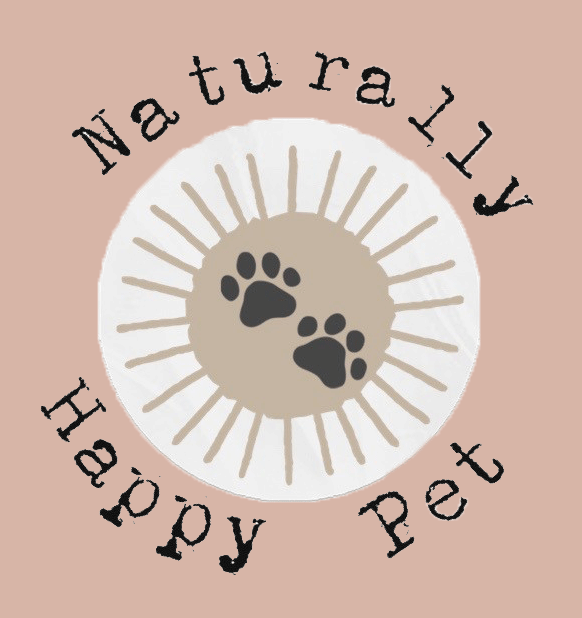Woof Types of Collars
Fitted Collar: A fitted collar is like a belt. It should always be worn with your Woof’s tags attached! Even if you use a halter or other device to walk with, the fitted collar should always remain on. The number of Woofs that have pulled out of their collar and injured themselves or were never to be found again is staggering and heartbreaking. The collar should fit nicely on your Woof’s neck, with only two fingers being able to casually fit between the neck and the collar. Make sure the collar cannot under any circumstance be pulled up over the head without releasing it. The collar should not have rough edges so as to wear away the hair on your Woof’s neck. Remember that plastic clasps break easily after a brief period. A full attached belt collar is the best kind to keep your Woof safe. Our reviews on collars are under products recommended with several of our favorites below.
Harness: A harness is best for all cats, small (under 25 lbs.) brachycephalic (short-nosed) breeds, or toy breeds. Harnesses that hook onto the back by the shoulder blades, regardless of advertisement statements, encourage pulling. That is why they are used for sled Woofs! No harness will stop pulling but they are highly effective in allowing your Woof or cat to walk without the restriction of breathing.
Click Here to review the recommended Halters and Harnesses
